
Aging is a beautiful thing.
Not only do you become a tougher and wiser human being, but you have most likely found and perfected the daily routines that fit your unique lifestyle.
Not all of our daily habits, however, benefit our health and bodies to the fullest. Let's take a look at the way most people sleep.
Many of us love lying down on our sides, curling up in a fetal position, or even sleeping on our stomachs.
Research suggests that sleeping in all these positions may actually harm your body and skin to some degree, and cause, for example, deep wrinkles and fine lines to form quicker on your chest.
In an exclusive guide below, we introduce some interesting sleeping tips that will help train you to sleep on your back.
More from LittleThings: 11 Appalling Etiquette Mistakes People Don't Realize They Are Making Every Single Day
Sleeping on your back will help slow down, and even prevent, the formation of these wrinkles.
Scroll further to read about these amazing tips to help reduce and prevent chest wrinkles, and let us know your thoughts and advice in the comments below!
How Do You Get Chest Wrinkles?
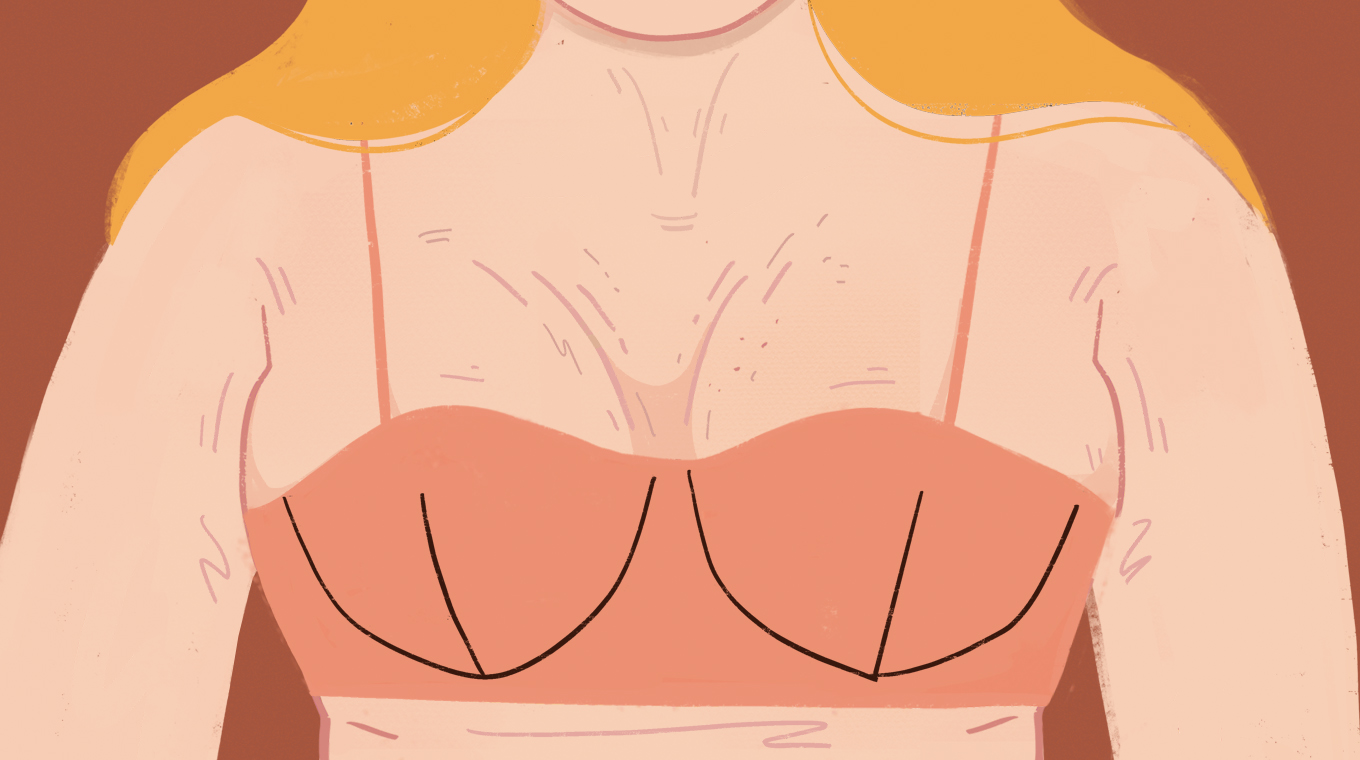
First off, it's important to understand that wrinkles are a completely normal part of aging.
However, they can form and increase due to various other factors, including sleeping positions, weight loss, sun damage, facial expressions, and dehydration.
One of the most crucial things to remember, according to LIVESTRONG, is that you can slow down the formation of these wrinkles, and even prevent them, by developing good sleeping habits.
Sleeping on your side, for example, will cause creases to form on the sides of your chest, and in between your breasts, which will become more prominent as you age.
Below, we share some expert-advised tips to training yourself to sleep on your back, which may help reduce the appearance of wrinkles by day.
Tip #1: Place Pillows Under Your Arms
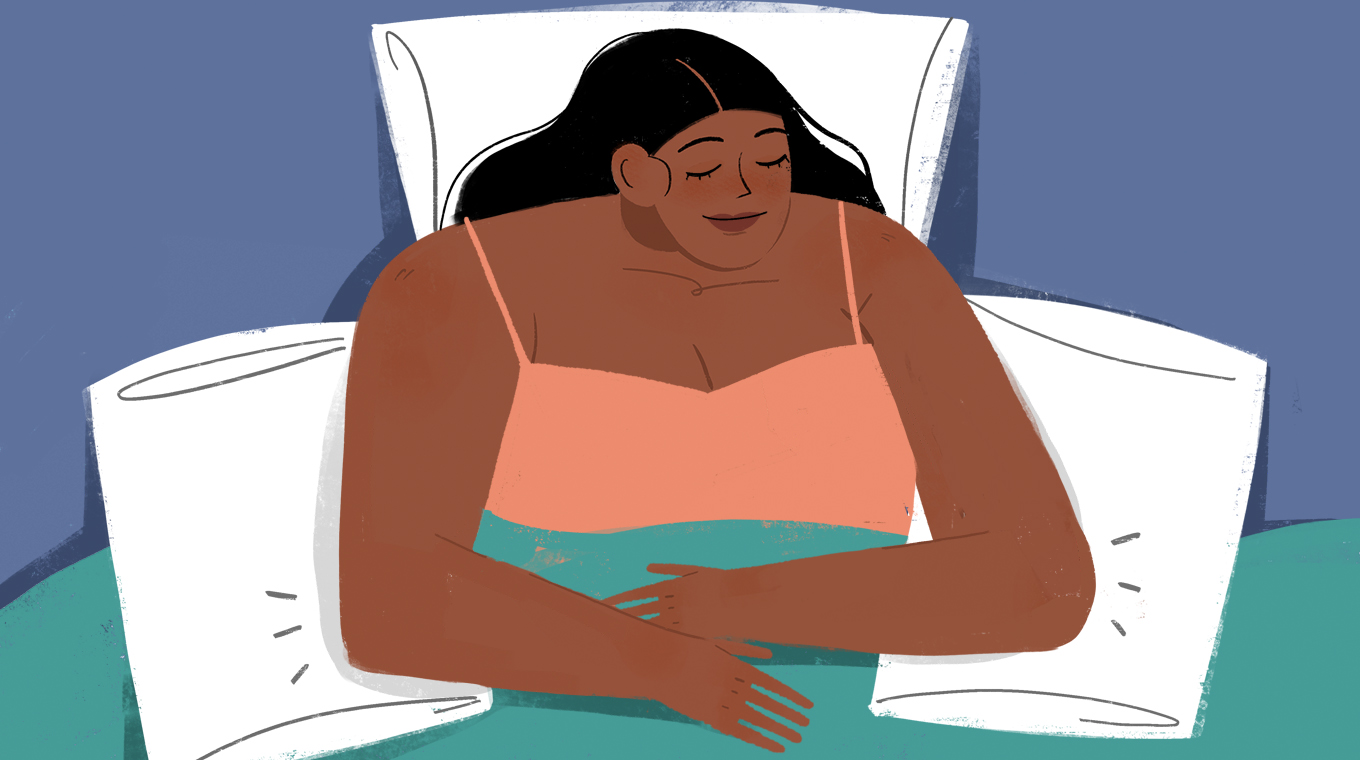
If you're usually a side- or stomach-sleeper, it can be difficult to transition at once to sleeping on your back.
Learning to position your pillows differently can help tremendously. Try placing two pillows on either side of your body, under your arms.
They're there to support your arms and shoulder joints, and will stop you from rolling over in your sleep. Perhaps over the course of one week, you'll get more comfortable with the new position, and won't even need the training pillows anymore.
Tip #2: Line Yourself With Tall Objects
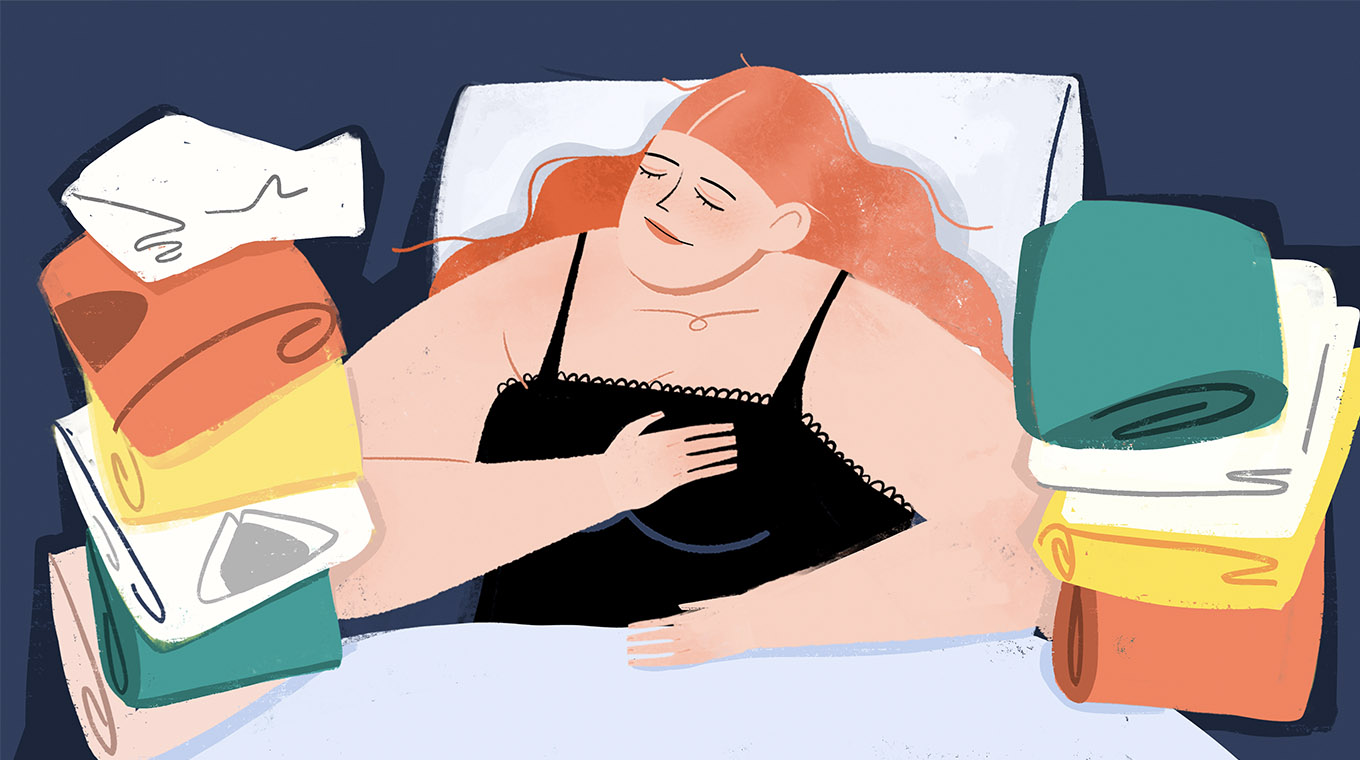
Another brilliant trick to keeping your body even and still throughout the night is to line either side of your body with slightly tall and hard objects.
LIVESTRONG suggests placing a partially full laundry basket by your side, to prevent you from rolling over. You can also try piles of thick clothes and coats as an alternative.
Tip #3: Place Pillows Under Your Knees
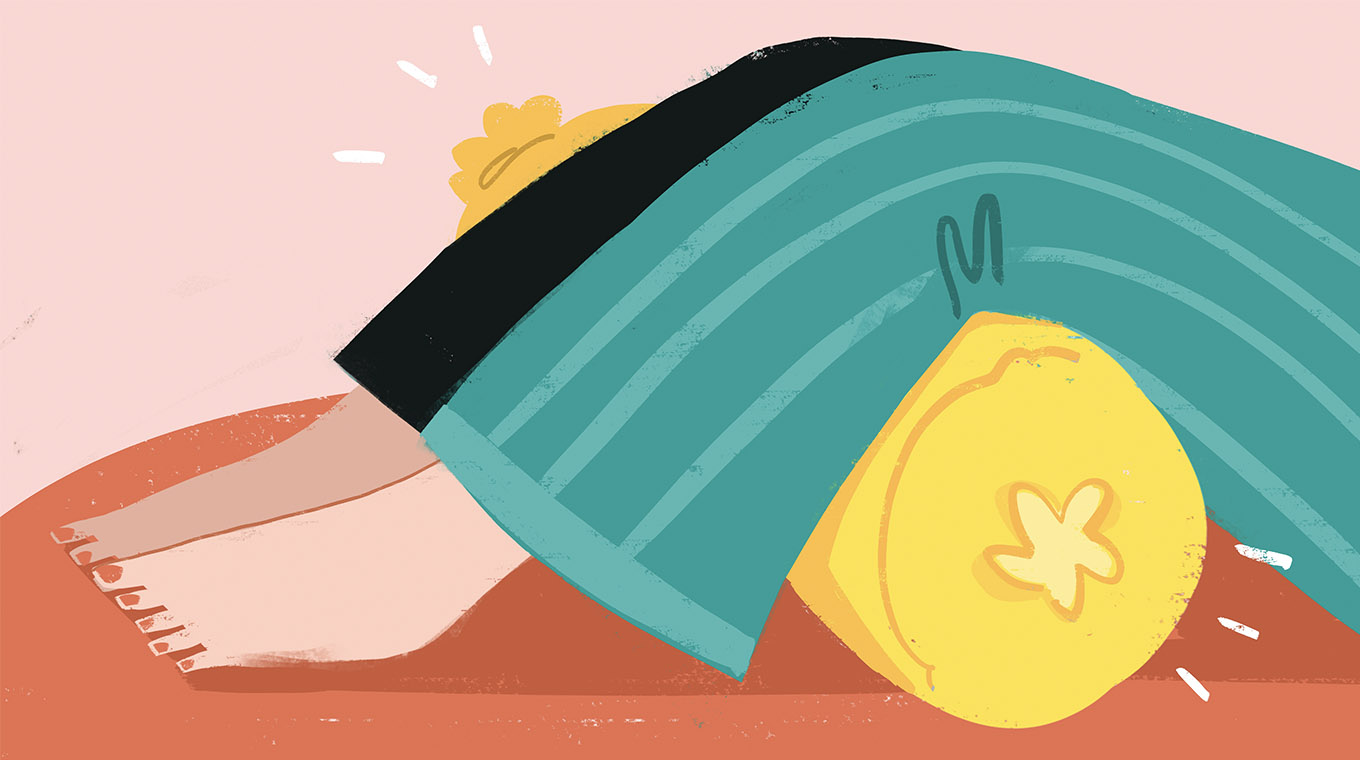
When sleeping on your back, it becomes easier for you to strain your muscles, nerves, and joints in your back. That's why it's equally as important to support your knees while you sleep on your back.
Put a pillow under your knees, to help elevate your legs, and keep the circulation going.
This will also help to properly align your spine, and reduce any lower back pain you're experiencing.
Tip #4: Use A Towel For Neck Support
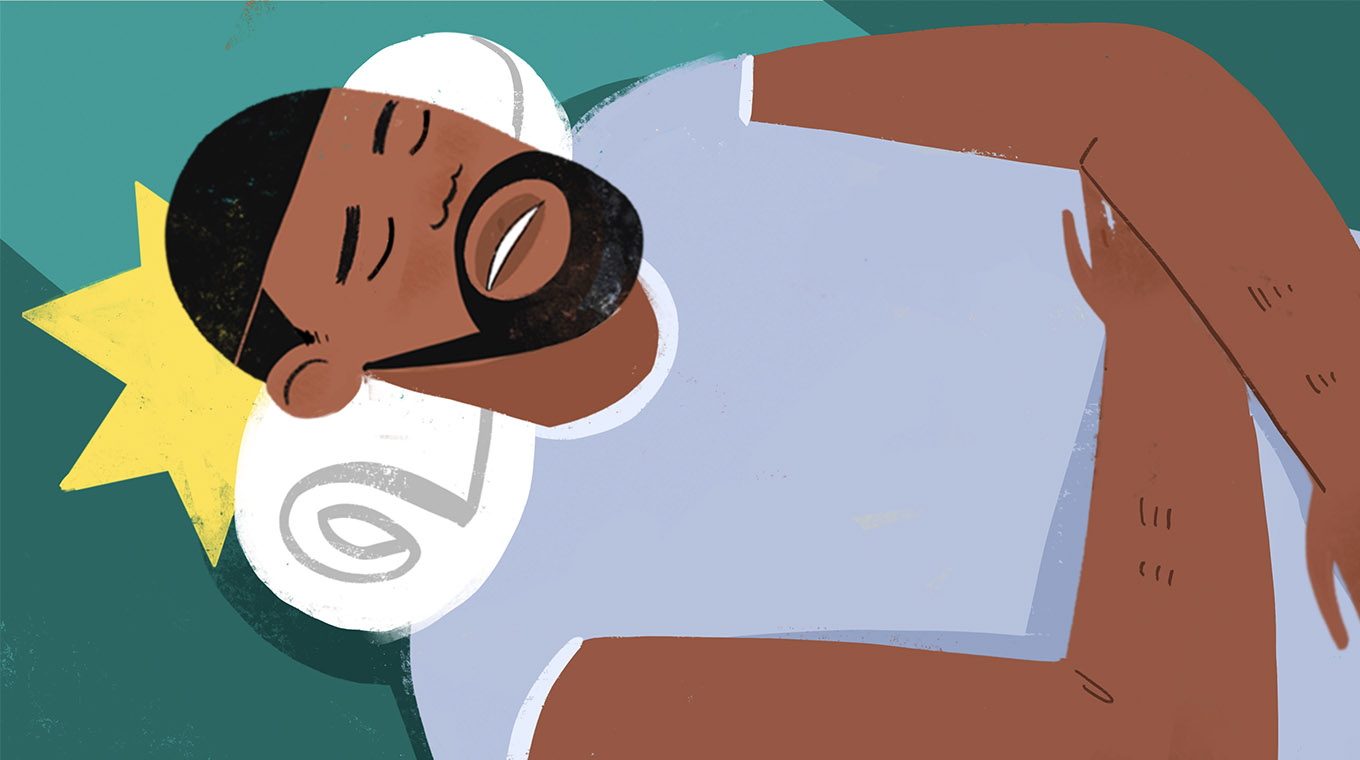
Lastly, find your own way to support your neck and head comfortably while you sleep.
Some people love to use a rolled-up towel for neck support, and substitute that for a pillow.
According to Sleep City Mattress, many people love to use thinner pillows for neck support.
Tip #5: Use A Memory Foam Pillow
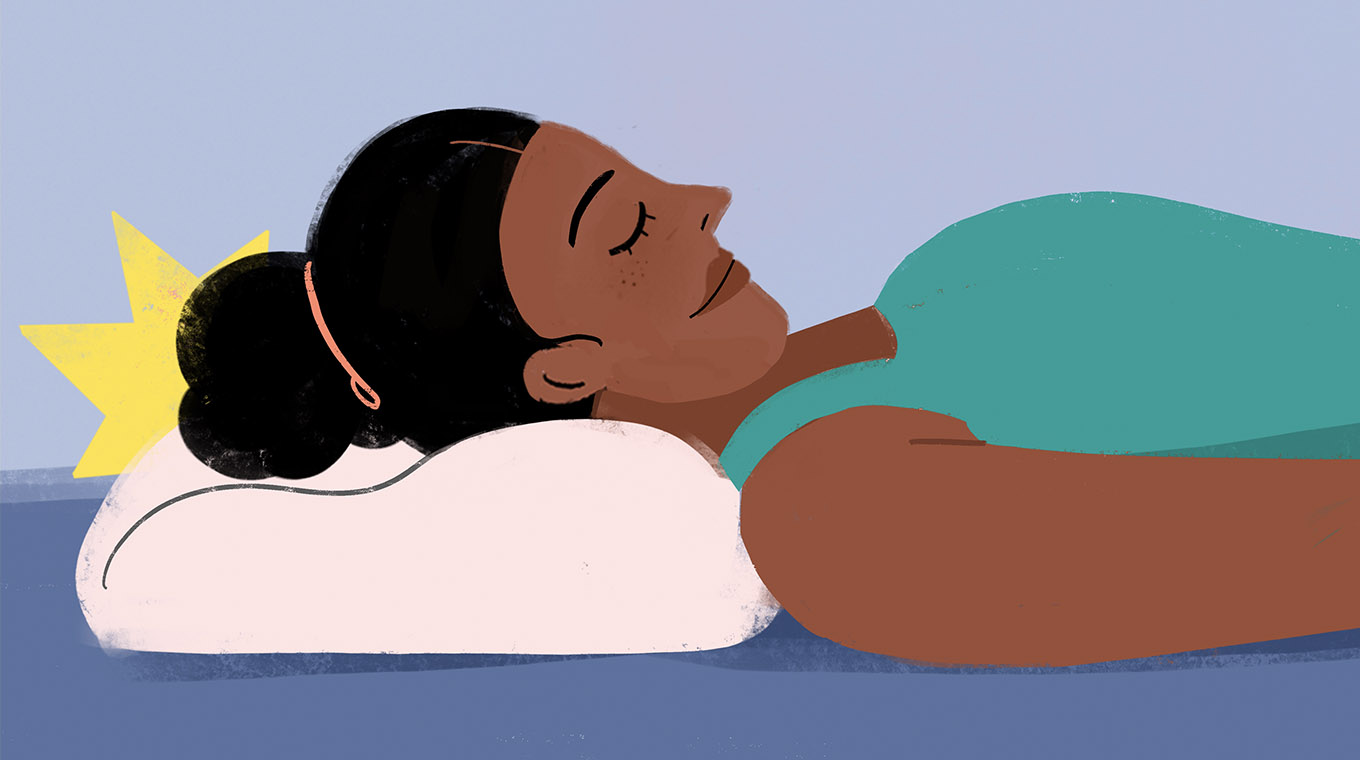
Alternatively, many people also turn to memory foam pillows, which are designed specifically to support the natural curve of the spine.
The heat-sensitive memory foam will mold to the shape of your head and neck, and, in essence, "cradle" you and relax your tense muscles.
Tip #6: Choosing The Right Mattress
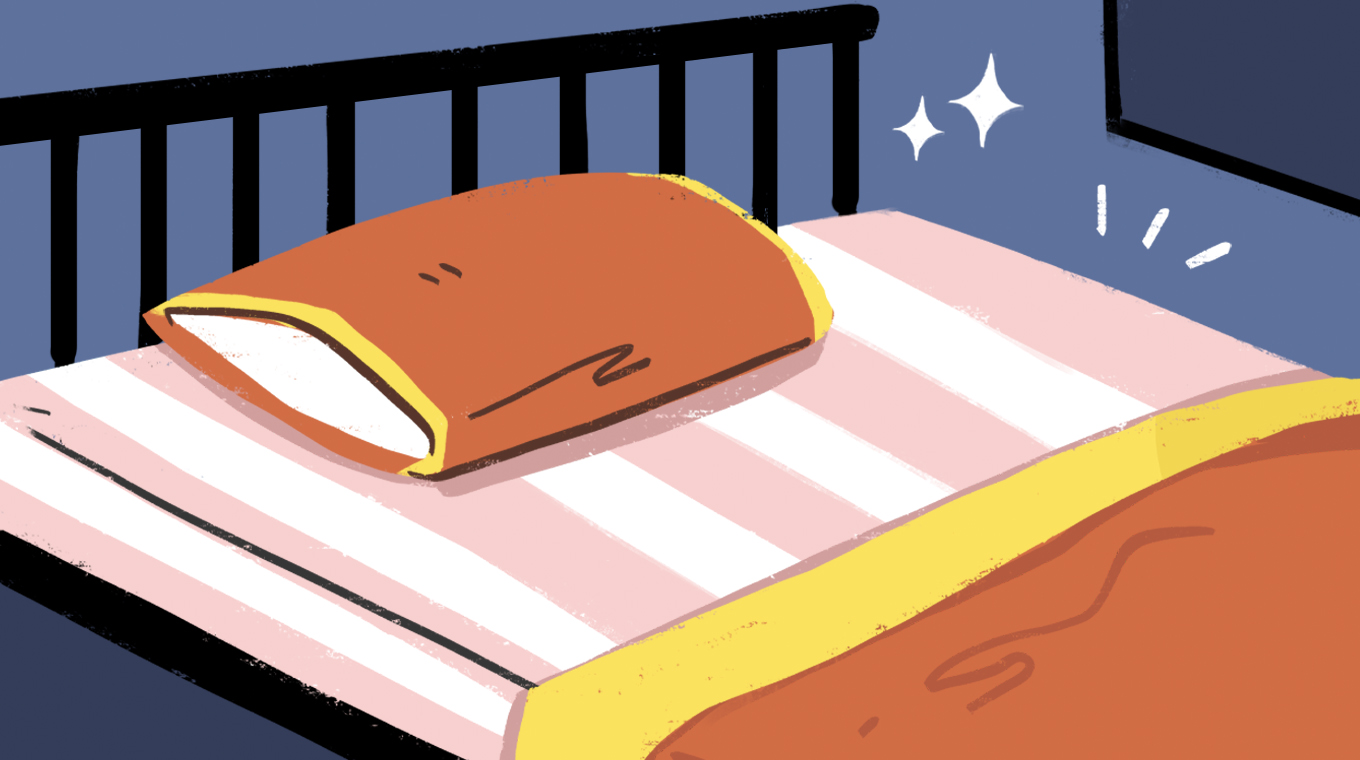
Your transition into a back-sleeper would not be complete without a perfectly firm mattress.
A mattress lacking firmness may cause pressure on your body, and strain your hips, shoulders, joints, and even reduce blood flow.
For those not looking to replace their entire beds, it's perfectly OK to get a mattress topper, which is a fantastic alternative.
Tip #7: Try A Wrinkle-Fighting Bra
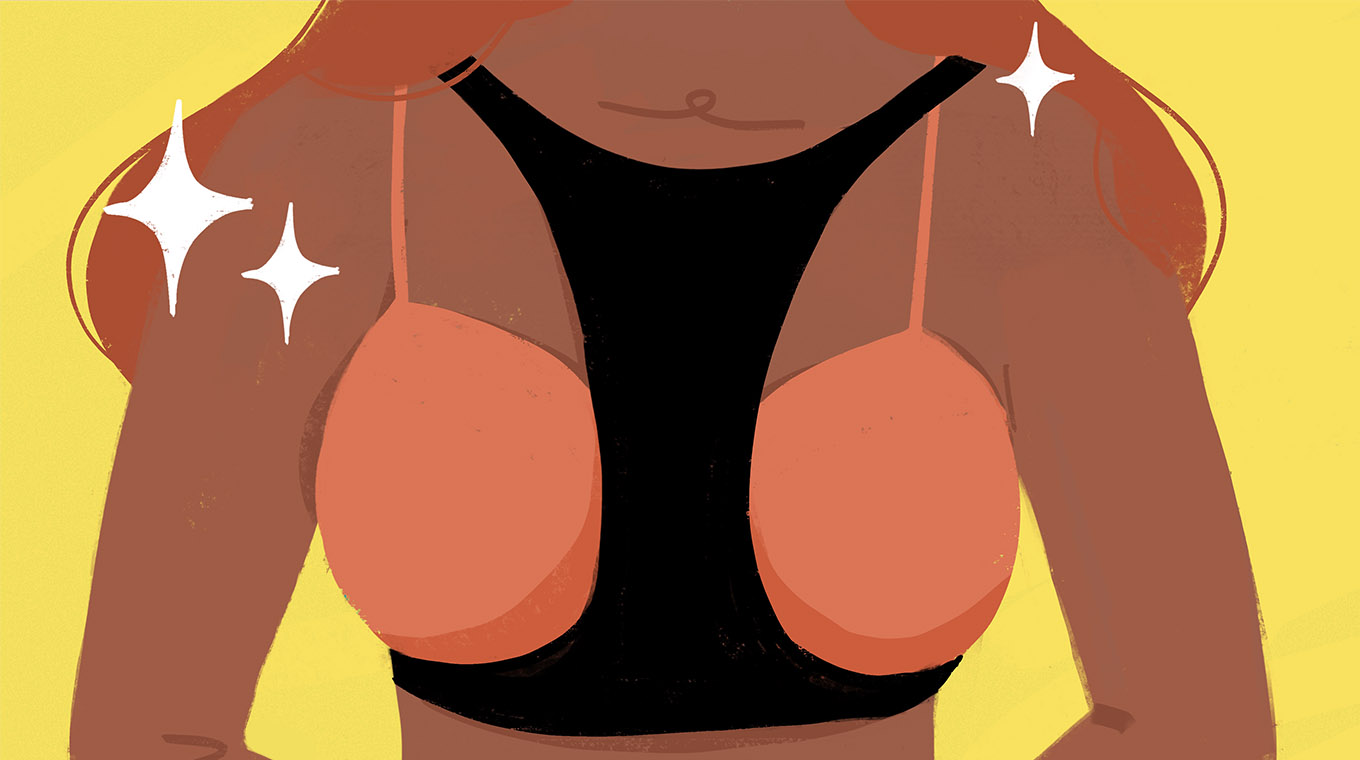
The "ChestSavers" bra is just one creation out there that helps support the breasts during sleep.
It kind of looks like a sports bra that is worn backward, and is made of either cotton or lycra. There is a swatch of fleece near the cleavage panel that comes with a removable foam insert, so that the bra won't absorb any moisturizer that you put on.
This design may look a little odd, but is designed to help keep the breasts separated, so that you are able to sleep on your side at night.
Tip #8: Moisturize, Moisturize, Moisturize
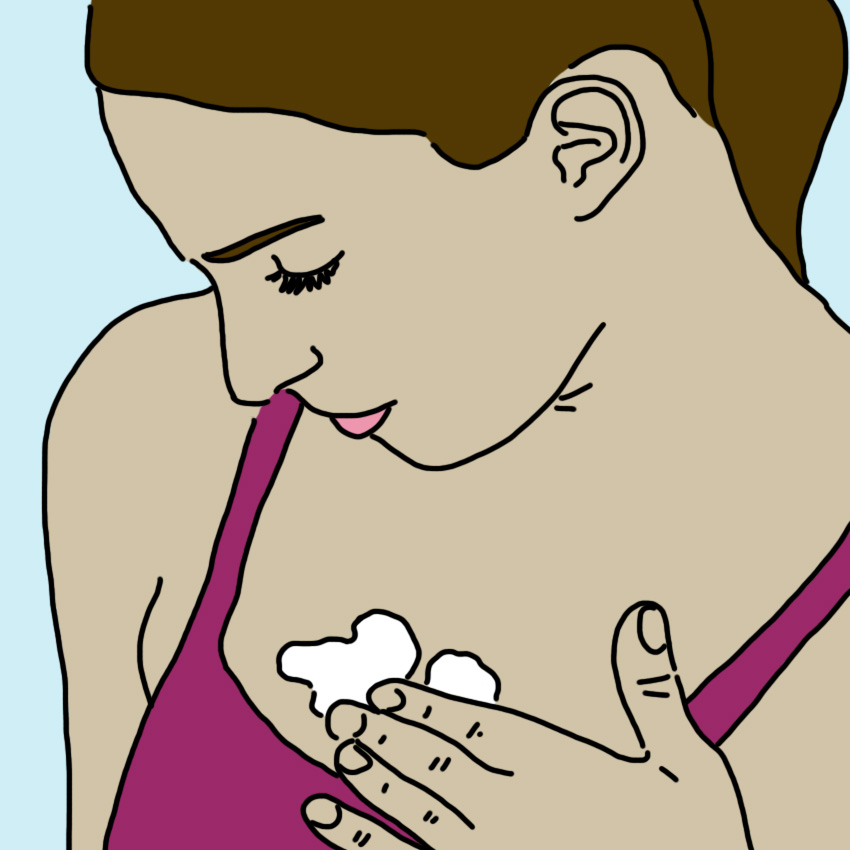
Generously apply moisturizer to your chest before going to bed, and once more after you wake up in the morning.
Moisturizer isn't a final solution to preventing wrinkles, but dry skin has proven to wrinkle more quickly, and more often, because it "shrivels plump skin cells," which leads to fine lines and wrinkles, according to the Mayo Clinic.
Tip #9: Avoid Heavy Late-Night Meals

As a general rule, it's best not to indulge in greasy, fatty foods and high-carb and sugary foods late in the evening, especially right before you're about to sleep.
Not only will you be extremely sluggish the next day, but putting all this food in your stomach will put your digestive track into overdrive, affecting every part of your body, including the health and elasticity of your skin.
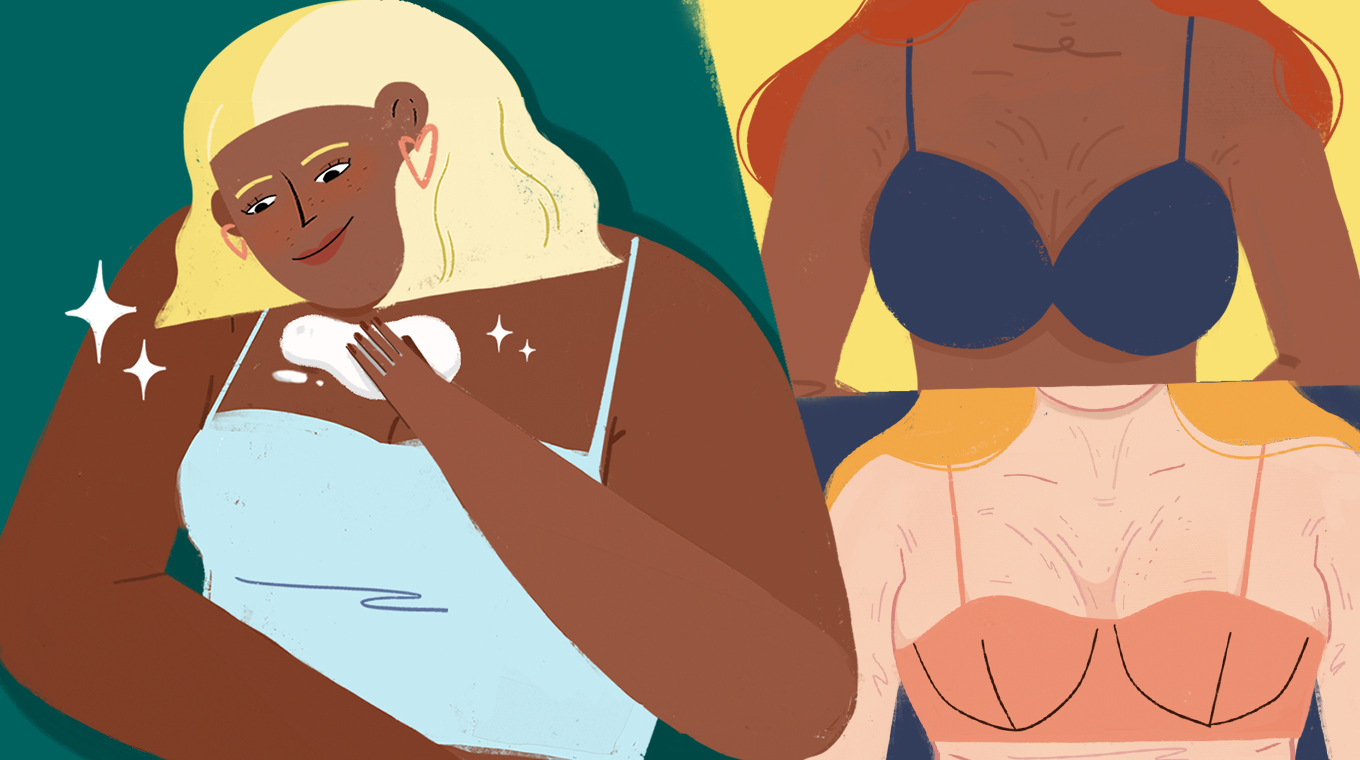
Please SHARE these sleeping tips with everyone who is trying to reduce their chest wrinkles!




